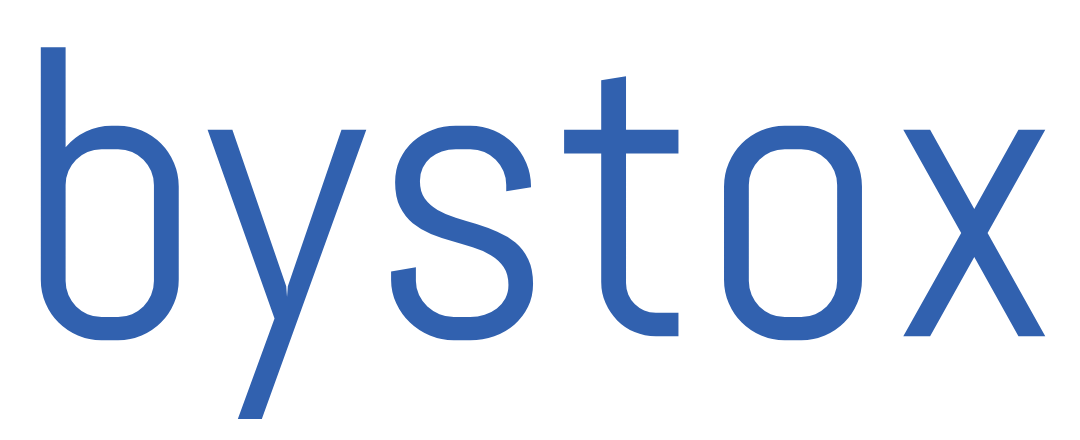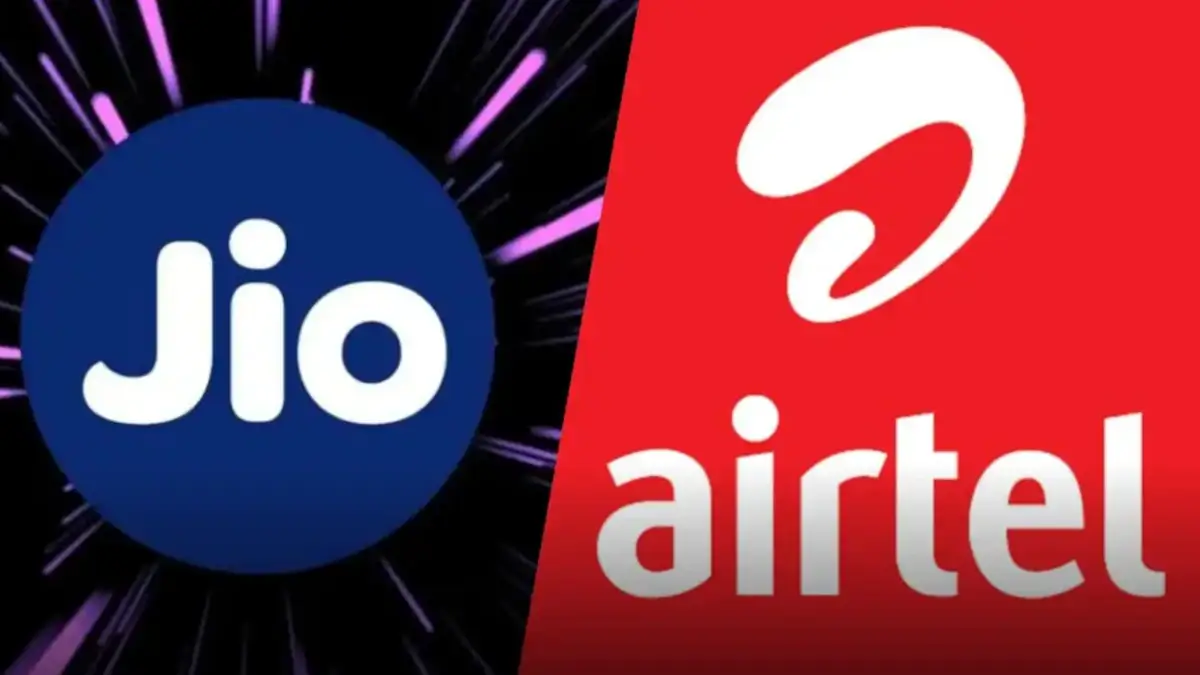Following the parliamentary elections, industry insiders anticipate differing approaches from Reliance Jio and Bharti Airtel regarding tariff adjustments. While Bharti Airtel plans to implement a hike in headline tariffs, Reliance Jio is poised to focus on initiatives aimed at fostering increased data consumption, potentially enticing users to upgrade to higher-priced plans. This strategy is anticipated to contribute to an improvement in Jio’s average revenue per user (Arpu).
Given Bharti’s existing premium tariffs compared to Jio, the disparity between the two is expected to widen further. Jio, having experienced stagnant Arpu on a sequential basis in the October-December quarter, aims to capitalize on potential subscriber churn from Bharti, which could further boost its Arpu growth.
With the commencement of the Indian Premier League, Jio anticipates a surge in data consumption. Executives highlight that higher data consumption is associated with 5G packs, prompting users to opt for upgraded plans for an enhanced viewing experience.
Industry insiders also reveal Jio’s efforts to bolster the uptake of its JioFiber broadband plans by bundling them with various services. As these packs lack freebies, they yield higher realizations. Executives anticipate that with users transitioning to higher-priced 5G packs, increased realization from Fiber plans, and potential churn from other operators, Arpu is poised to rise without necessitating a headline tariff hike.
Analyst estimates reveal that Reliance Jio has emerged as the fastest-growing player in the home broadband segment, experiencing a robust year-on-year growth rate of 37.6%. Meanwhile, analysts note a contrasting position for Airtel, which has already implemented potential tariff adjustments across various plans to elevate its average revenue per user (Arpu) beyond Rs 200 per month. With its Arpu currently leading the industry at Rs 208, Airtel faces the prospect of pursuing a headline tariff hike to achieve further growth in Arpu. Presently, Airtel’s Arpu stands at Rs 208, surpassing Jio’s Rs 182 and Vodafone Idea’s Rs 145.
Analysts anticipate tariff hikes by telecom operators following the elections, with Bharti Airtel projected to take the lead in this initiative. Bernstein, in a recent report, forecasts a robust 15% tariff hike post-elections, expecting Bharti Airtel to spearhead the move, stabilizing Arpu levels to Rs260+ by FY26.
Bharti Airtel’s CEO and managing director, Gopal Vittal, affirmed the company’s readiness to adjust tariffs based on market dynamics. Vittal stated, “We will keep seeing what opportunities are there to raise tariffs, and at some stage, if there has to be some move, we will make it. If competitors do not follow, we will reverse it.”
Market consolidation persists, with Jio and Bharti commanding nearly 82% of the market share, while Vodafone Idea trails behind at 18.5%. Notably, Jio’s subscriber share increased to 46% in the October-December period, up from 41.6% in the corresponding quarter of FY21. Similarly, Bharti’s subscriber share rose to 33.5% during the same period, from 31.2% in FY21.
Bernstein anticipates further market consolidation by 2026, with Jio commanding a revenue share of 48% and Bharti at 40%. Jio’s subscriber share is projected to reach 47%, while Bharti’s share is expected to climb to 36%.
In the October-December quarter, mobile revenue growth remained steady across telcos. Jio witnessed a 3% q-o-q increase in standalone revenues, driven by robust subscriber additions. Bharti’s revenues also saw a 3% q-o-q uptick, whereas Vodafone Idea reported flat revenue growth.

